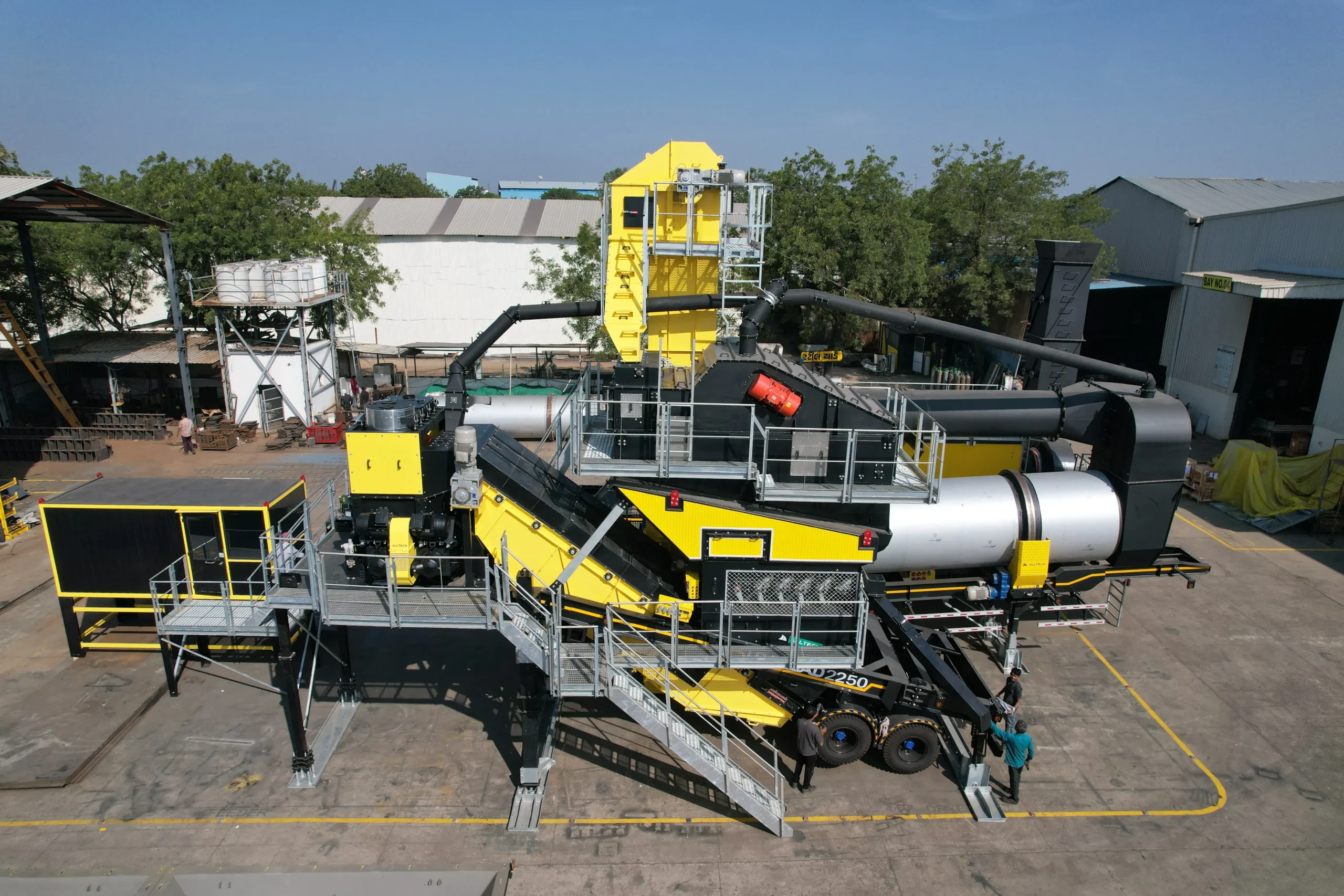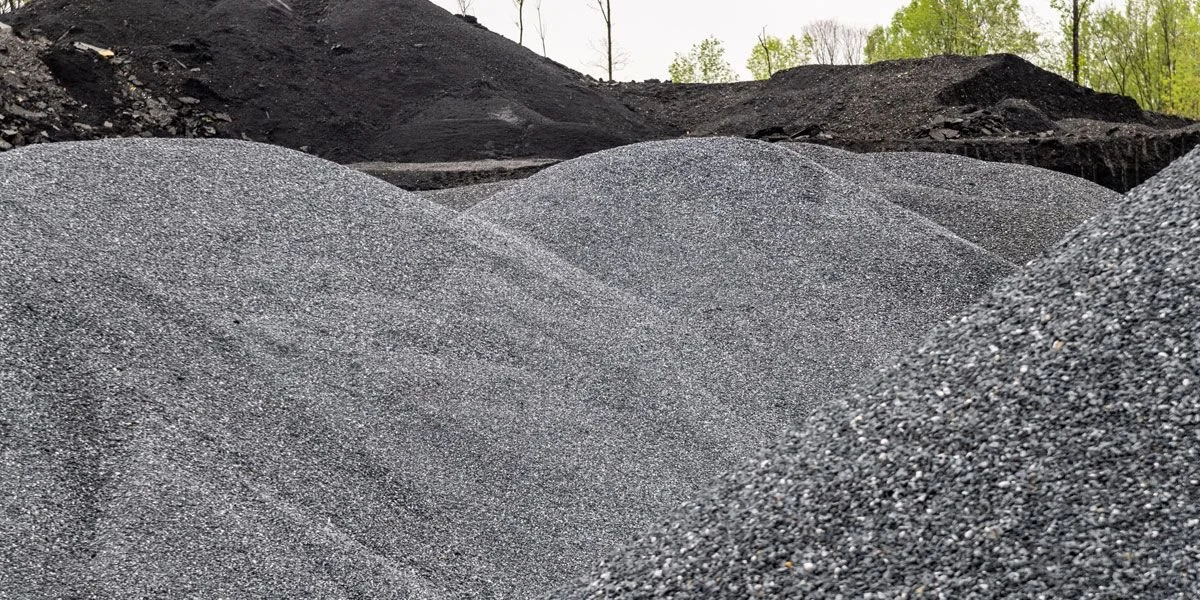
As road infrastructure demands increase, so does the need for durable, high-performance materials. Modified bitumen—enhanced forms of traditional bitumen—is now widely used to meet these challenges. Two leading types are Polymer Modified Bitumen (PMB) и Crumb Rubber Modified Bitumen (CRMB). While both improve flexibility, strength, and weather resistance, they differ significantly in composition, performance, and production systems.
In this blog, we break down the working of PMB and CRMB plants and help you determine which bitumen modification system suits your project needs best.
What Is Modified Bitumen?
Modified bitumen is conventional bitumen enhanced with performance additives such as polymers or crumb rubber. These modifications improve resistance to deformation, aging, and environmental stress, making them ideal for high-load and long-life pavements.
Understanding the Two Main Types
1. Polymer Modified Bitumen (PMB)
PMB is produced by adding thermoplastic polymers such as SBS (Styrene-Butadiene-Styrene) or EVA (Ethylene-Vinyl Acetate) to traditional bitumen. This increases elasticity, cohesion, and rutting resistance, making it a preferred choice for highways, airports, and expressways.
2. Crumb Rubber Modified Bitumen (CRMB)
CRMB involves blending recycled rubber particles from used tires into bitumen. The rubber enhances viscosity, thermal stability, and resilience—ideal for urban roads, intersections, and areas with wide temperature fluctuations. It also supports sustainable road construction by repurposing waste tires.
How Do PMB and CRMB Plants Work?
▶ PMB Plants
PMB plants are typically continuous systems designed for high-volume, precise production. Key components include:
- High-shear mixers for uniform polymer blending
- Thermal oil heating systems for temperature control
- PLC/SCADA systems for automation and recipe management
- Storage tanks for polymers and final PMB output
These systems ensure consistent quality and are ideal for large-scale, performance-critical projects.
▶ CRMB Plants
CRMB plants use batch-based processing to mix crumb rubber with heated bitumen. Core features include:
- Crumb rubber feeders with precise dosing
- Agitated vessels with heating jackets
- Blending tanks and holding silos
- Emission control systems for vapor management
Though less automated, CRMB plants are more cost-effective and support environmentally friendly practices.
PMB vs. CRMB: A Comparison
| Feature | Установки ПБВ | CRMB Установки |
| Modifier Used | Polymers (SBS, EVA) | Crumb Rubber (Recycled Tires) |
| Performance | High elasticity, rut resistance | Good flexibility, temperature tolerance |
| Automation Level | High (PLC/SCADA) | Moderate (semi-automatic) |
| Стоимость | Higher initial investment | Lower setup cost |
| Eco-Friendliness | Neutral | Eco-friendly (recycled rubber) |
| Best For | Highways, Airports | Urban, Rural, Budget Projects |
Which Modified Bitumen Plant Is Right for You?
When choosing between PMB and CRMB plants, consider the following:
- Project Type: PMB is ideal for high-traffic, high-speed roads. CRMB suits secondary roads and municipal works.
- Climate: CRMB performs well in regions with extreme weather variations due to its flexibility.
- Budget: If you have a tight budget, CRMB is more affordable. For longer lifecycle value, PMB is a stronger investment.
- Устойчивость: CRMB supports green initiatives by recycling waste tires.
Final Thoughts: Choose Performance with Purpose
Both PMB and CRMB plants offer unique benefits in road construction using modified bitumen. While PMB provides superior strength and long-term durability for demanding projects, CRMB offers a cost-effective, sustainable solution for a broad range of applications.
Your choice should align with your performance expectations, environmental goals, and project scale. Whether you opt for polymer-based or rubber-based modification, investing in the right bitumen system will pay off in durability, reduced maintenance, and overall project efficiency.





